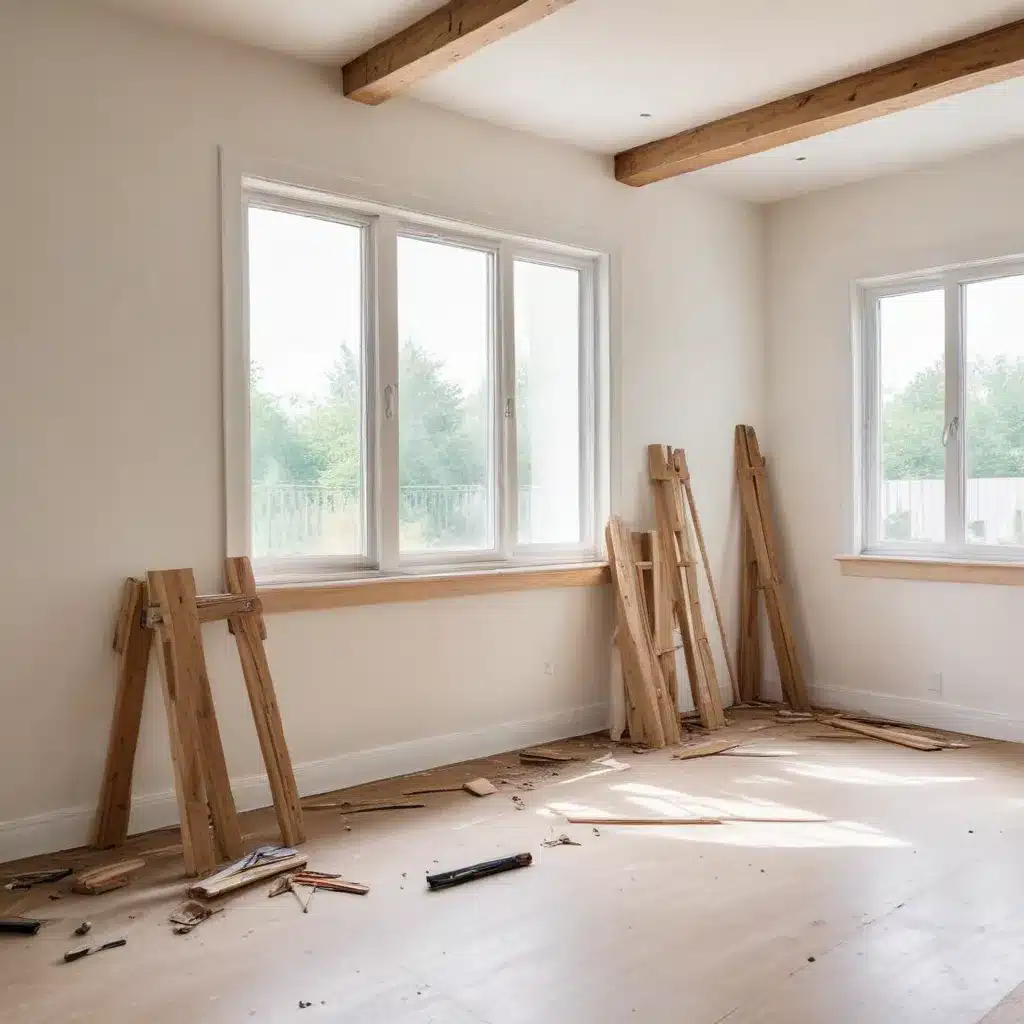
As an experienced home improvement consultant, I’ve seen firsthand how crucial it is to approach any renovation or design project with a strategic, time-saving mindset. Whether you’re tackling a budget-friendly update, an eco-friendly overhaul, or a family-friendly transformation, efficient planning and execution can make all the difference in completing your project on time and within your desired constraints.
Planning Your Home Project
Establishing Project Goals
The first step in any successful home project is to clearly define your goals. What are you trying to achieve? Is it to create a more energy-efficient home, carve out a dedicated play area for the kids, or simply refresh the look of a tired space? By setting these intentions upfront, you can better prioritize your tasks and make informed decisions throughout the process.
Prioritizing Tasks
Once you’ve established your project goals, it’s time to break down the necessary steps. Make a comprehensive list of all the tasks involved, then assign each one a priority level. This will help you focus your efforts on the most critical items and avoid getting sidetracked by less important details. Consider factors like timeline, budget, and the project’s impact on your daily life when determining priorities.
Creating a Detailed Timeline
With your goals and prioritized tasks in hand, it’s time to build out a detailed timeline. Establish realistic deadlines for each step, factoring in any necessary lead times for materials, scheduling with contractors, or accommodating your family’s routines. Be sure to build in buffer zones to account for unexpected delays or complications. A well-crafted timeline will keep you on track and minimize costly disruptions.
Efficient Task Management
Streamlining Workflows
As you tackle your home project, look for opportunities to streamline your workflows. This could involve creating checklists, establishing dedicated workspaces, or automating repetitive tasks. By minimizing the number of steps required for each task, you’ll save time and reduce the risk of errors or oversights.
Delegating Responsibilities
If you’re working with a team, whether it’s family members or hired professionals, be sure to delegate responsibilities clearly. Assign specific tasks to each person based on their skills and availability, and establish regular check-in points to ensure progress is on track. Effective delegation not only saves you time, but it also empowers your collaborators and fosters a sense of shared ownership in the project.
Utilizing Project Management Tools
In today’s digital age, there’s no shortage of helpful project management tools and apps to keep you organized and on schedule. Consider using a virtual whiteboard, task-tracking software, or cloud-based storage to centralize your project details, communicate with stakeholders, and monitor progress in real-time. These solutions can be game-changers in ensuring your home project runs like a well-oiled machine.
Optimizing Material Procurement
Researching Suppliers
When it comes to sourcing materials for your home project, it pays to do your homework. Research local and online suppliers to compare prices, lead times, and product quality. Don’t be afraid to reach out to manufacturers directly for bulk discounts or customized orders. This due diligence can save you significant time and money in the long run.
Bulk Purchasing Strategies
Speaking of saving money, consider adopting a bulk purchasing strategy for your project. If you know you’ll need multiple units of the same item (think tiles, light fixtures, or hardware), see if you can secure a better deal by ordering in larger quantities. Not only will this reduce your per-unit cost, but it can also streamline your logistics and minimize the need for multiple deliveries.
Coordinating Deliveries
On the topic of logistics, be sure to carefully coordinate the delivery of your materials. Work with suppliers to schedule drop-offs that align with your project timeline and available storage space. This will help you avoid the hassle of juggling multiple deliveries or having to temporarily store bulky items in your home.
Embracing Time-Saving Techniques
Automating Repetitive Tasks
As you immerse yourself in your home project, look for opportunities to automate repetitive tasks. This could involve using power tools for cutting and drilling, investing in a label maker to streamline organization, or even leveraging voice-activated assistants to set reminders or look up quick calculations. By offloading these mundane chores, you’ll free up your time and energy to focus on the more complex or creative aspects of the work.
Leveraging Technology Solutions
In addition to automation, explore how technology can help you work smarter, not harder. Consider using design software to visualize your project before you start, or turning to online tutorials and forums for expert advice. Many home improvement stores also offer digital planning tools, material calculators, and augmented reality apps to enhance your renovating experience.
Minimizing Interruptions
Finally, one of the most effective time-saving strategies is to minimize distractions and interruptions during your home project. Establish clear boundaries with family members, turn off notifications on your devices, and create a dedicated workspace that’s free from clutter and household chaos. By maintaining a focused, distraction-free environment, you’ll be able to make the most of your available time and stay on track with your project timeline.
Remember, the key to a successful home project is to approach it with intention, organization, and a willingness to embrace innovative time-saving techniques. By planning ahead, streamlining your workflows, and leveraging the right tools and resources, you can transform your next renovation or design project into a smooth, efficient, and rewarding experience. Happy renovating!
For more helpful tips and inspiration, be sure to visit Reluctant Renovator, a one-stop resource for DIY enthusiasts and design-savvy homeowners.



